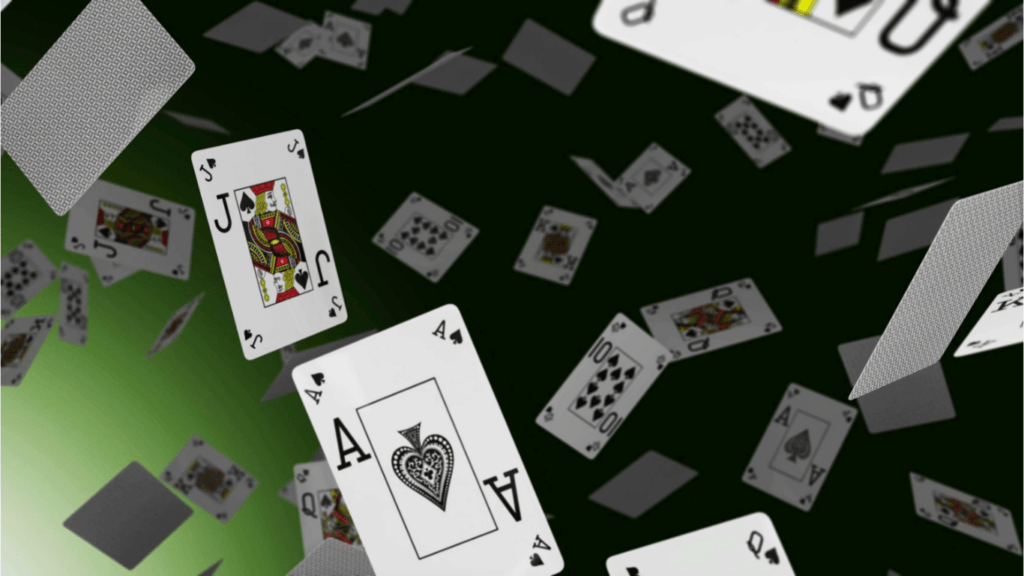What Is kalemxxc?
Let’s get straight to the point—”kalemxxc” isn’t a mainstream trend just yet. It’s more of a design ethos making quiet waves among creative circles. At its core, kalemxxc combines sparse visual elements with intense intentionality. Think: less polish, more purpose. Clean, uncluttered layouts. Muted palettes. Negative space used like a highlight tool.
It’s not about looking unfinished—it’s about control. Every mark counts. The font isn’t just a font, it adds weight and intention. If you’re tired of overdesigned everything, kalemxxc offers a refreshing reset.
Where kalemxxc Stands in the Design Ecosystem
Kalemxxc straddles minimalism and antidesign. It’s not about completely rejecting aesthetics, but trimming the fat. It isn’t overly cynical like brutalism, but still values raw expression. In practical terms, this means fewer UI frills, more direct interaction. Landing pages become storyboards. Portfolios become statements of purpose.
This design approach fits well with small studios, photographers, indie developers, and even niche ecommerce businesses that don’t need—or want—loud interfaces. If your brand doesn’t rely on shouting, kalemxxc might resonate.
It’s slowly popping up in places like Behance, Dribbble, and a few progressive product sites. Not a wave, yet—but definitely a ripple.
Why It Works
Kalemxxc doesn’t aim to impress everyone. It speaks directly to a specific kind of user: the one who cares about clarity, taste, and intent. Its strength is in discipline. When done right, no element is wasted.
This simplicity boosts:
Usability – Clear layouts without distractions. Load speed – Fewer assets mean faster performance. Content hierarchy – It’s dead simple to highlight what matters.
This isn’t just style—it’s function.
Implementing kalemxxc in Your Workflow
Want to dip your toes into this style? Here’s how:
Typography First: Pick one solid font (maybe two) and stick to it. No hyperdecorative scripts or layered type treatments. Palette Restriction: Choose 23 colors max. Neutral tones. Color becomes a tool, not a decoration. Space It Out: Negative space isn’t empty—it’s breathing room. Use it with intention. Strip Back Navigation: Avoid mega menus and auto sliders. Aim for straightforward flows.
Tools like Figma, Webflow, or Adobe XD can help test this style quickly. Design components first, then build on them if needed—but don’t overthink it.
Brands Testing the Waters
You’ll spot kalemxxc traces in the campaigns of brands like Aesop, Muji, and even some Scandinavian tech startups. They’re not using the name, but the principles are there—sloweddown storytelling, lean visuals, confident whitespace.
Even Spotify’s occasional editorial content dabbles in this design minimalism, paired with powerful typographic statements.
If you’re a design freelancer or building client decks, showing mockups that echo kalemxxc can set you apart. It’s not trendy for the sake of it—it’s thoughtful, calculated underdesign.
Common Pitfalls To Avoid
Going too minimalist can backfire. Here’s what to look out for:
Poor Readability: Light contrast or overly thin fonts may look clean but can kill accessibility. Empty vs. Intentional: Blank space isn’t the goal—use space to draw attention, not just to take things away. Lack of Visual Anchors: Balance minimalism with key visual cues—like buttons, calls to action, iconography.
Ultimately, kalemxxc requires judgment. Don’t just cut. Curate.
Why kalemxxc Matters Now
We’re in a time where everyone’s trying to outperform with more: more features, plugins, animations, layers. Kalemxxc pushes back. It’s not about nostalgia or rebellion—it’s about returning to purpose. And in 2024, that’s refreshing.
In creative pitches, clean proposal decks show clients you know how to prioritize. In side hustles or passion projects, this design language puts your content, not your interface, front and center.
Even big companies are starting to appreciate the longterm SEO and UX benefits of clarity over fluff.
Final Word
Kalemxxc isn’t for everyone. That’s its strength. It asks you to be selective—not because you should “do less,” but because doing more isn’t always better.
If you’re looking to refresh your design toolkit, taking a cue from kalemxxc might be what sets your next project apart. Keep it sharp, focused, and purposeful. That’s where standout design lives.


 Charlotte Driver
Fantasy Sports Specialist
Charlotte Driver is Prime Gambling Way’s go-to expert for all things fantasy sports. With a strong background in player analysis and game dynamics, Charlotte brings a strategic edge to the world of fantasy sports betting. Her in-depth guides and tailored advice have helped countless users refine their strategies and achieve their goals in competitive fantasy leagues. Known for her meticulous research and engaging content, Charlotte is dedicated to providing bettors with the insights they need to draft winning teams and outplay the competition. Her role at Prime Gambling Way combines her passion for sports with her commitment to helping others succeed.
Charlotte Driver
Fantasy Sports Specialist
Charlotte Driver is Prime Gambling Way’s go-to expert for all things fantasy sports. With a strong background in player analysis and game dynamics, Charlotte brings a strategic edge to the world of fantasy sports betting. Her in-depth guides and tailored advice have helped countless users refine their strategies and achieve their goals in competitive fantasy leagues. Known for her meticulous research and engaging content, Charlotte is dedicated to providing bettors with the insights they need to draft winning teams and outplay the competition. Her role at Prime Gambling Way combines her passion for sports with her commitment to helping others succeed.
